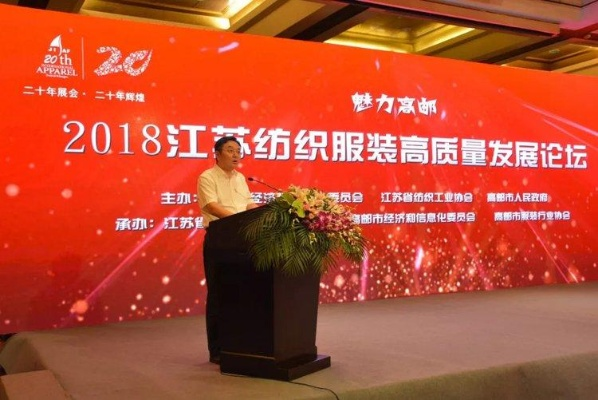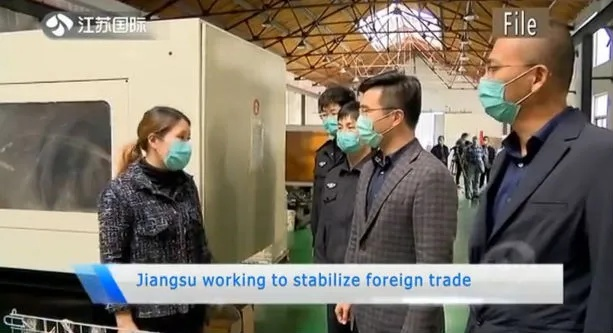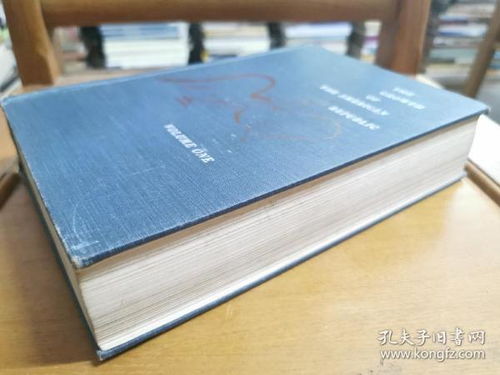Exploring the Prospects of Textile Merchandising in Jiangsu Province
This paper aims to explore the prospects of textile merchandising in Jiangsu Province. With the development of economy and society, the demand for textile products is increasing year by year. The textile industry is one of the important industries in Jiangsu Province. Textile merchandising has a broad market prospect. In recent years, the textile merchandising industry has been developing rapidly in Jiangsu Province, and the market space is still very large.

In recent years, the textile industry has been experiencing a resurgence in Jiangsu Province, China, driven by factors such as increased domestic demand and global trade opportunities. This article will explore the current state of textile commerce in Jiangsu, highlighting key trends and challenges, and presenting case studies to illustrate the effectiveness of various strategies employed by businesses operating in this sector.
Trends in Jiangsu Textile Market
-
Domestic Market Growth: The Chinese market for domestically produced textiles continues to grow, with consumers increasingly demanding high-quality, sustainable products. This trend is particularly evident in the development of eco-friendly materials and processes.
-
Export Expansion: Jiangsu's textile exports have seen significant growth, especially in markets like North America and Europe. This expansion is attributed to the region's strong manufacturing capabilities and favorable policies from both the Chinese government and international partners.
-
Digitalization: With the rise of e-commerce platforms, digital marketing, and supply chain optimization, traditional textile businesses are adopting new technologies to enhance their competitiveness. For example, one leading company in Jiangsu has successfully expanded its customer base through online sales channels.
-
Sustainability and Innovation: As consumers become more environmentally conscious, companies in the textile industry are focusing on developing eco-friendly products and innovative designs that meet market demands. A notable example of this is the development of bamboo-based fabrics, which are gaining popularity due to their low carbon footprint and superior properties compared to traditional cotton.
Case Study: Xuzhou Textiles Co.
Xuzhou Textiles Co., located in the heart of Jiangsu Province, has been a leader in the textile industry for over 30 years. The company specializes in producing high-quality garments using sustainable materials such as organic cotton. In recent years, Xuzhou Textiles has focused on expanding its export market and has seen a 20% increase in sales since implementing a digital marketing strategy. Additionally, the company has launched a sustainability program that encourages customers to purchase products made from recycled or sustainably sourced materials.
Key Challenges Facing Jiangsu Textile Merchants
Despite the bright prospects, there are several challenges that merchants in Jiangsu must navigate.
-
Competition: With the increasing number of manufacturers and retailers in the market, competition has become fiercer. Companies must constantly innovate and differentiate themselves to remain competitive.
-
Regulatory Changes: The Chinese government has implemented several regulations aimed at protecting consumers and promoting sustainable practices. Merchants must comply with these changes or risk facing penalties.
-
Supply Chain Complexity: The global pandemic has highlighted the vulnerabilities of the supply chain. Merchants must ensure efficient and reliable logistics to maintain their competitive edge.

-
Technological Adoption: While digitalization is a key trend, many merchants still struggle with technology adoption. Failure to upgrade their systems can lead to missed opportunities and decreased efficiency.
Conclusion
The textile industry in Jiangsu Province is dynamic, with both opportunities and challenges. As the market continues to evolve, merchants must adapt their strategies to stay ahead of the curve. By embracing innovation, sustainability, and technological advancements, they can successfully navigate the complex landscape of the textile market.
Introduction
The Jiangsu region, renowned for its extensive textile production, is consistently evolving in terms of its纺织品销售市场前景,随着全球纺织行业的快速发展,江苏纺织品市场的前景如何,值得深入探讨,本文将通过图表和案例分析,为您揭示江苏纺织品售卖的现状及未来趋势。
江苏纺织品市场概述
纺织品生产概况
江苏作为中国重要的纺织生产基地,拥有丰富的纺织资源和先进的生产技术,近年来,随着国家对纺织产业的扶持政策,江苏的纺织品生产规模不断扩大,产品质量和技术水平不断提升。
市场需求分析
随着国内外消费者对高品质纺织品的需求增加,江苏纺织品市场呈现出强劲的增长势头,尤其是在国内大循环的新一轮改革中,江苏纺织品作为地方特色产品,受到了广泛的关注和认可。
江苏纺织品售卖现状分析
销售渠道多样化
江苏的纺织品销售渠道多样化,包括线上销售、线下实体店、展会直销等多种形式,线上销售平台如京东、天猫等为消费者提供了便捷的购物体验,线下实体店则通过与大型商场、购物中心合作,拓展了销售网络,江苏还积极举办纺织品展会,吸引国内外采购商前来洽谈合作。
产品质量与品牌建设
江苏的纺织品在质量和技术水平方面不断提升,品牌影响力逐渐增强,许多品牌在市场上取得了良好的口碑和销量,江苏还注重产品的环保、健康和可持续性,推出了一系列符合现代消费者需求的产品。

案例分析:江苏纺织品市场的前景展望
以某知名纺织品品牌为例,展示江苏纺织品市场的前景展望:
市场表现
近年来,该品牌在江苏地区的发展势头强劲,其产品深受消费者喜爱,市场份额逐年上升,特别是在线上销售领域,其销售额持续增长,成为当地纺织行业的佼佼者。
成功因素
该品牌注重产品质量和技术创新,不断推出符合市场需求的新产品,该品牌积极拓展销售渠道,与多个电商平台和线下实体店合作,提高市场覆盖率,该品牌还注重品牌建设和营销推广,提高品牌知名度和美誉度。
未来趋势预测
基于当前的市场形势和趋势分析,预测江苏纺织品市场的未来前景:
市场趋势
随着国内外消费者对高品质纺织品的需求增加,江苏纺织品市场将继续保持强劲的增长势头,随着技术的不断进步和环保、健康理念的普及,江苏纺织品市场将更加注重产品的可持续性和环保性,随着电商平台的不断发展,江苏纺织品市场将进一步拓展线上销售渠道。
发展趋势
江苏纺织品市场将更加注重品牌建设和营销推广,随着国际市场的不断扩大和开放,江苏纺织品将有更多的机会走向国际市场,随着消费者对个性化、定制化产品的需求增加,江苏纺织品也将迎来更多的发展机遇。
结论与建议
江苏纺织品市场具有广阔的发展前景,在未来的发展中,江苏纺织品应继续注重产品质量和技术创新,加强品牌建设和营销推广,提高市场覆盖率,应积极拓展销售渠道,适应市场需求的变化,政府和企业也应加强合作,共同推动江苏纺织品市场的健康发展。
Articles related to the knowledge points of this article:
Discovering the Global Fabrics at Guangdong Customized Textile Marketplaces



